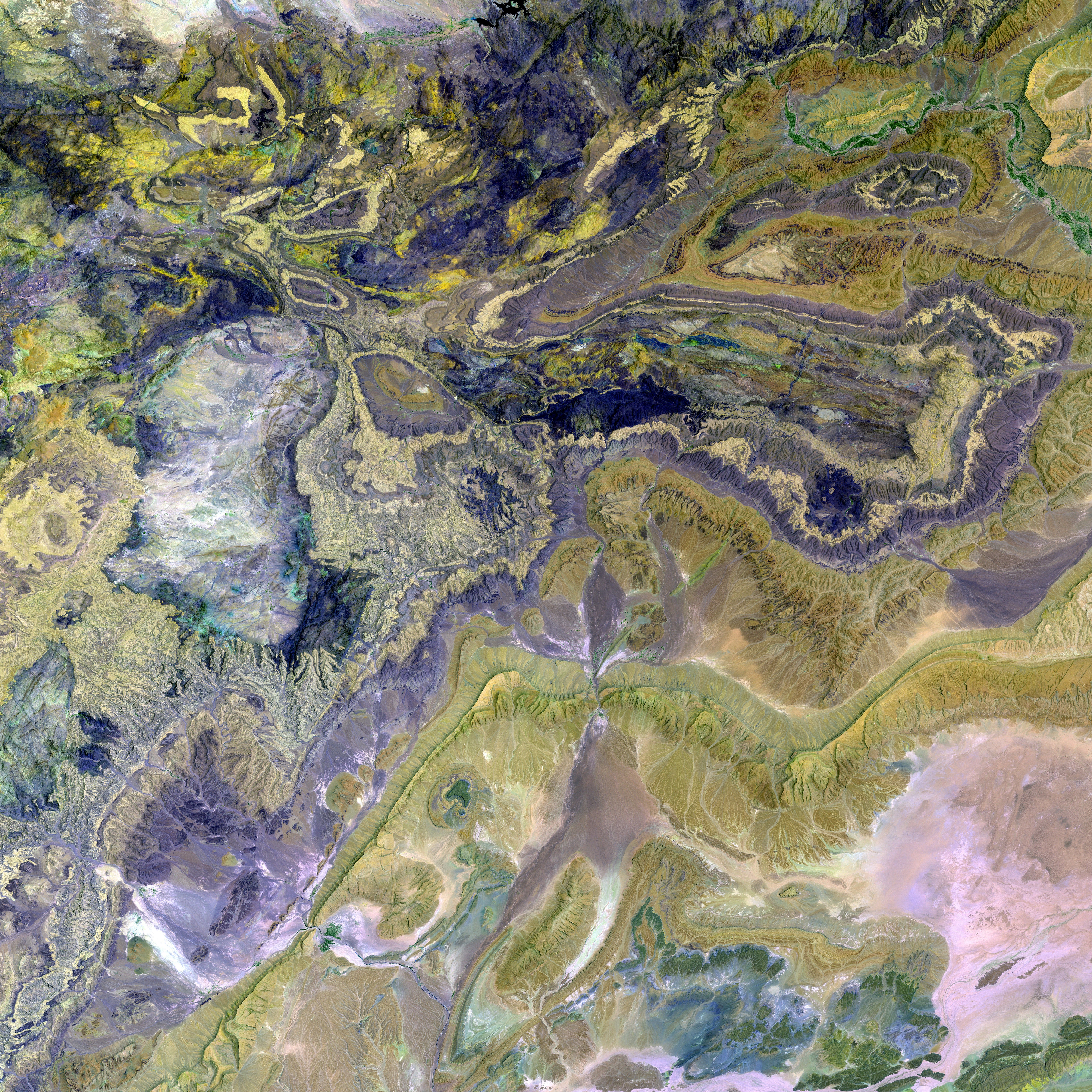Advances in the Art of Crafting Ceramic Structures in Architecture
Transforming Architecture with Modern Ceramics: A Journey of Evolution and Innovation
The landscape of modern architecture has been marked by the evolution and innovation of architectural ceramics. Initially serving functional purposes, these materials have ascended to be sophisticated design elements thanks to recent advancements.
Early Beginnings of Architectural Ceramics
The journey of architectural ceramics began modestly, offering durability to structures and protection from the elements with terracotta roof tiles and simple brick walls. As technology flourished, the possibilities grew. The Industrial Revolution brought forth new production methods, resulting in intricate ceramic features and ornate faience gracing building exteriors.
Modernist Approaches and Artistic liberation
The 20th century introduced a modernist approach, with creators daringly exploring form and function. Ceramics became an artist's canvas, enabling Pop Art and various movements to influence ceramic facades and installations, symbolizing a liberation of artistic expression in architecture.
The present-day scenario: Adaptability and innovation
Nowadays, architectural ceramics are a blend of traditional craftsmanship and cutting-edge techniques. This convergence results in designs that underscore ceramics' versatility, from intricate mosaic patterns to expansive ventilated ceramic facades. The evolution mirrors ongoing advancements in production technologies and shifts in aesthetic preferences, making sustainability an increasing concern.
Key Trends in Modern Ceramic Design
Contemporary ceramics are propelling themselves into the limelight with trends like minimalism, geometric patterns, customization, textured surfaces, nature-inspired designs, vibrant glazes, integration with other materials, and sustainable practices. These stylistic shifts highlight the evolving nature of architectural ceramics in modern architecture.
Improvements in Materials and Durability
Modern ceramics exhibit enhanced strength, durability, and flexibility compared to their historical counterparts. Thanks to rigorous research and development, these advancements bolster ceramics' applicability in large-scale construction projects.
The Impact of Technology on Ceramic Craftsmanship
Technological advancements have reshaped ceramic craftsmanship by introducing digital design tools, 3D printing, automated production lines, laser cutting and etching, advanced glazing techniques, and smart tiles. These innovations extend creative boundaries and elevate ceramics' quality, function, and aesthetics.
Environmental Impact and Sustainability
The industry acknowledges the environmental footprint of ceramic production and has shifted its focus to sustainable practices. Environmental concerns now dictate environmentally friendly technologies, reduced energy consumption, waste reduction, water preservation, and sustainable resource usage in modern ceramic production. This commitment aims to ensure ceramics play a part in our sustainable future.
Innovative Applications in Contemporary Architecture
Contemporary architecture benefits from numerous innovative applications of architectural ceramics, including fa?ades, interior elements, functional art, urban furniture, landscaping, and interactive installations. The adaptability of ceramics in various contexts underscores their essential role in modern architecture.
Aesthetics beyond Functionality
Ceramics contribute to a building's visual harmony, ambiance, and representation of a location's culture. Innovative textures, glazing techniques, and sculptural forms elevate ceramics from mere functional elements to expressive, tactile, and emotional design components that deepen the architectural experience.
Pioneering Designers and Projects in Architectural Ceramics
Innovators in architectural ceramics push the boundaries of design, creating landmark projects that serve as benchmarks of ceramic potential. By seamlessly integrating traditional craftsmanship with modern innovation, these influencers preserve centuries-old techniques while catering to contemporary demands for personalization and smart functionality.
Key developments like digital glazing, 3D inkjet printing, intelligent surfaces, fusion of tradition and innovation, and sustainability have collectively propelled architectural ceramics into a new realm of aesthetics, functionality, and eco-consciousness. As these technological advancements continue, ceramics will undoubtedly remain a pivotal player in modern architecture, offering timeless appeal that harmonizes with evolving design trends while promoting sustainable living.
Expanding the Role of Ceramics
In light of technological advancements, these materials have evolved from mere functional components to exhibit artistic and sculptural qualities, enriching modern architecture's aesthetic landscape.
Integration of Crafts and Technology
Today, architectural ceramics showcase a harmonious blend of traditional craftsmanship and innovative technologies such as digital design tools, 3D printing, and advanced glazing techniques, providing architects with versatile and sustainable options for their creations.



